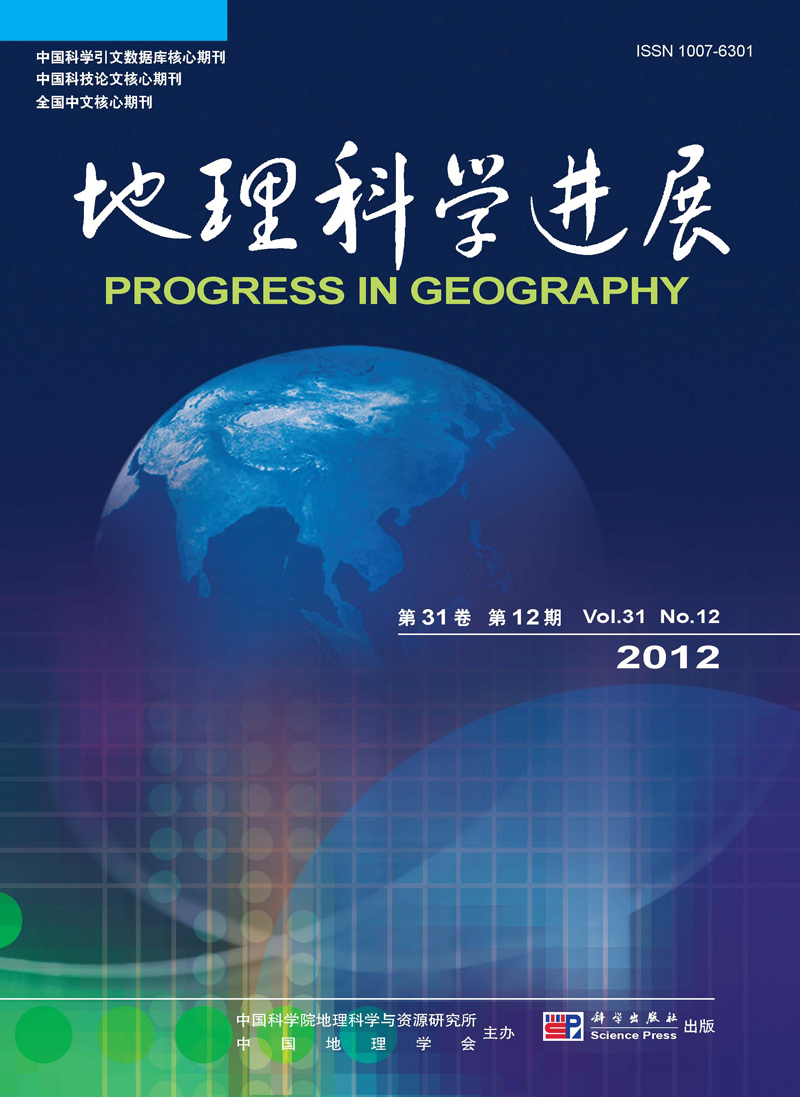Original Articles
YE Bixiong, LIU Yuan, YU Jiangping, YANG Linsheng, LI Yonghua, WANG Wuyi, OUYANG Zhu
Based on the source of different livestock manure, three livestock areas in Yucheng city are selected, and different soil profiles are collected. The heavy metals in the soil profiles are monitored from three aspects as following: variations of heavy metals with various extent of livestock manure application, characteristics of the vertical distribution of heavy metals in the soil profiles, and differences in the vertical distributions of heavy metals in soils fertilized with different livestock manures. As shown in the results, (1) the pollution level of Cu, Zn, Pb, Cr and As in the profiles of the soil with continuous long-term application of manure is higher than that in the profiles of control soil, with Cu and Zn in even more excessive amount. The content of Cu, Zn, Pb, Cr and As in the profiles of the soil with intermittent applications of manure is less than that in the profiles of the soil with contentious long-term application of manure, but shows little difference from that in the profiles of control soil. (2) Cu, Pb, Cr, Cd and Ni in profiles of the soil fertilized with cow dung clearly show downward leaching, but Hg and As concentrate in the surface or sub-surface layer of the soil. With exception of Cr and Ni, other heavy metals in the profiles of the soil fertilized with pig dung concentrate in the surface or sub-surface layer as well. Cu, Pb, Cd, Cr and Ni leach down in the soil fertilized with chicken manure. Zn, Hg and As, however, show significant enrichment in the surface or sub-surface layer. (3) Cr, Ni, Cd and Pb show clear variations in the soils fertilized with different livestock manures, while As and Hg show insignificant variations. There is no difference in Zn between the soils fertilized with cow dung and chicken manure, and there is no difference in Cu between the soils fertilized with pig excrement and chicken manure.
